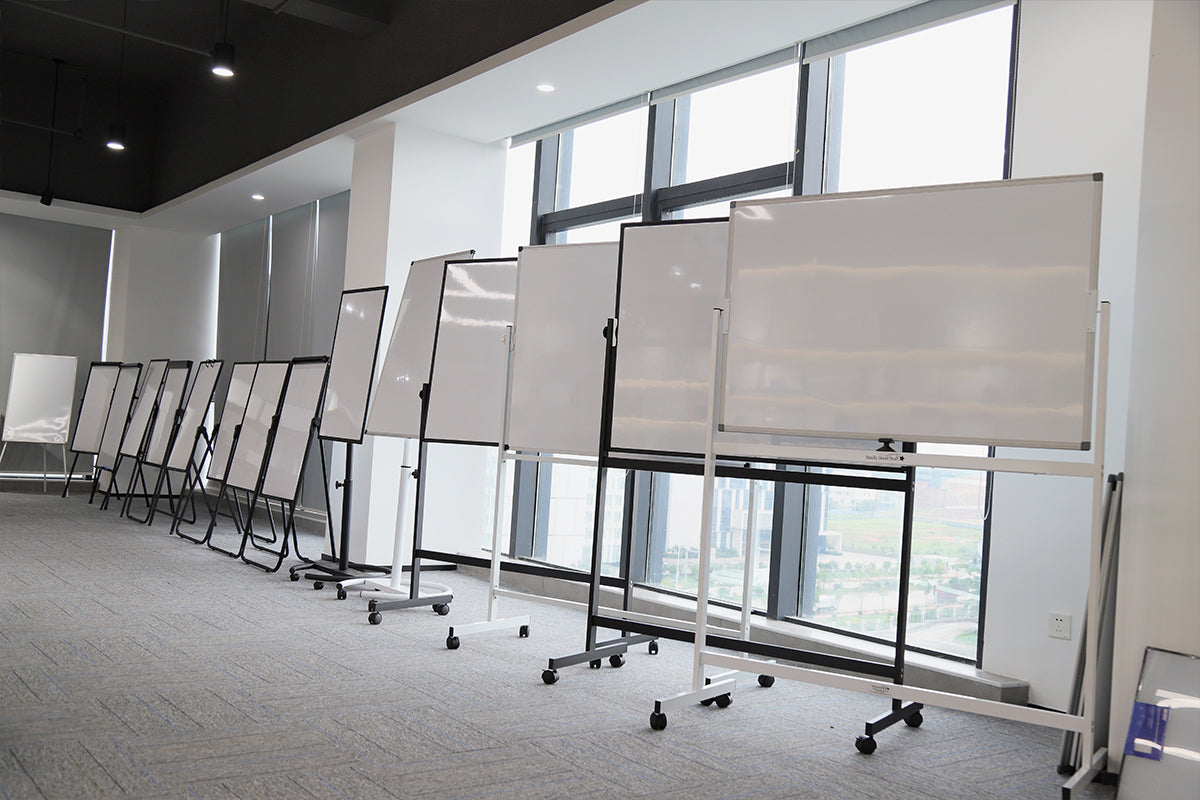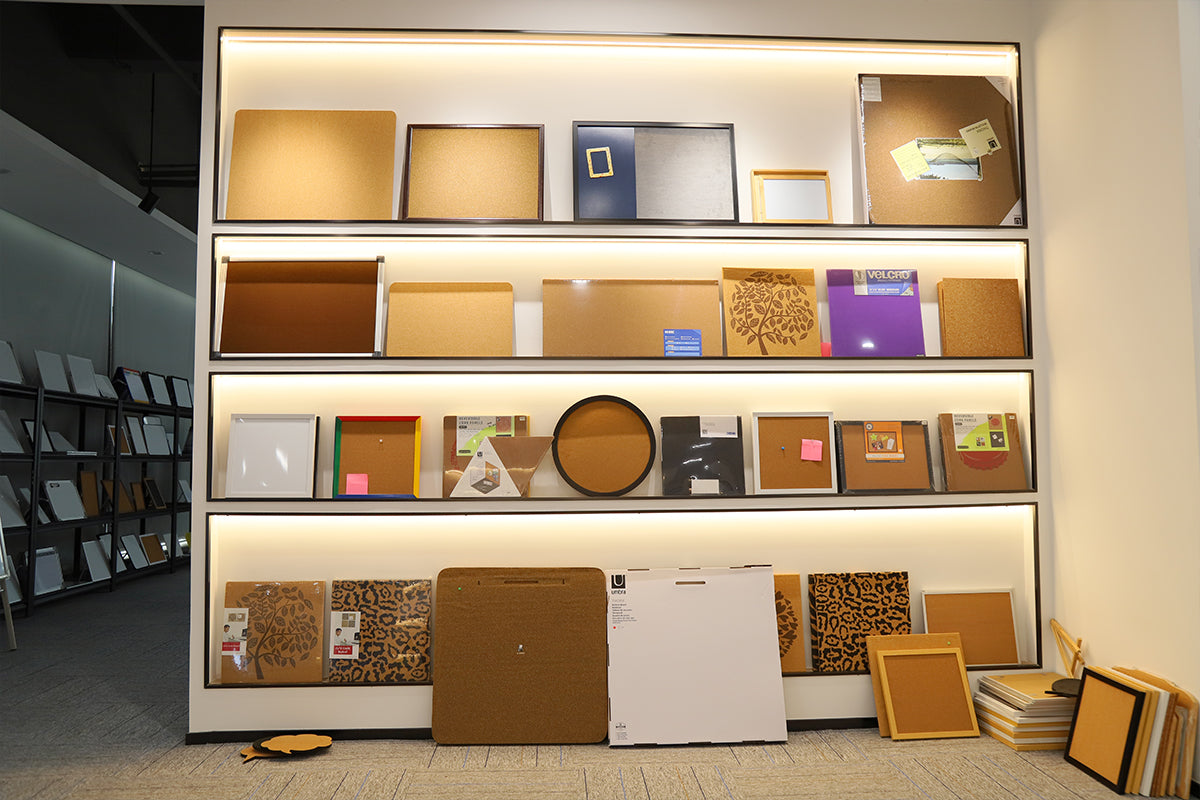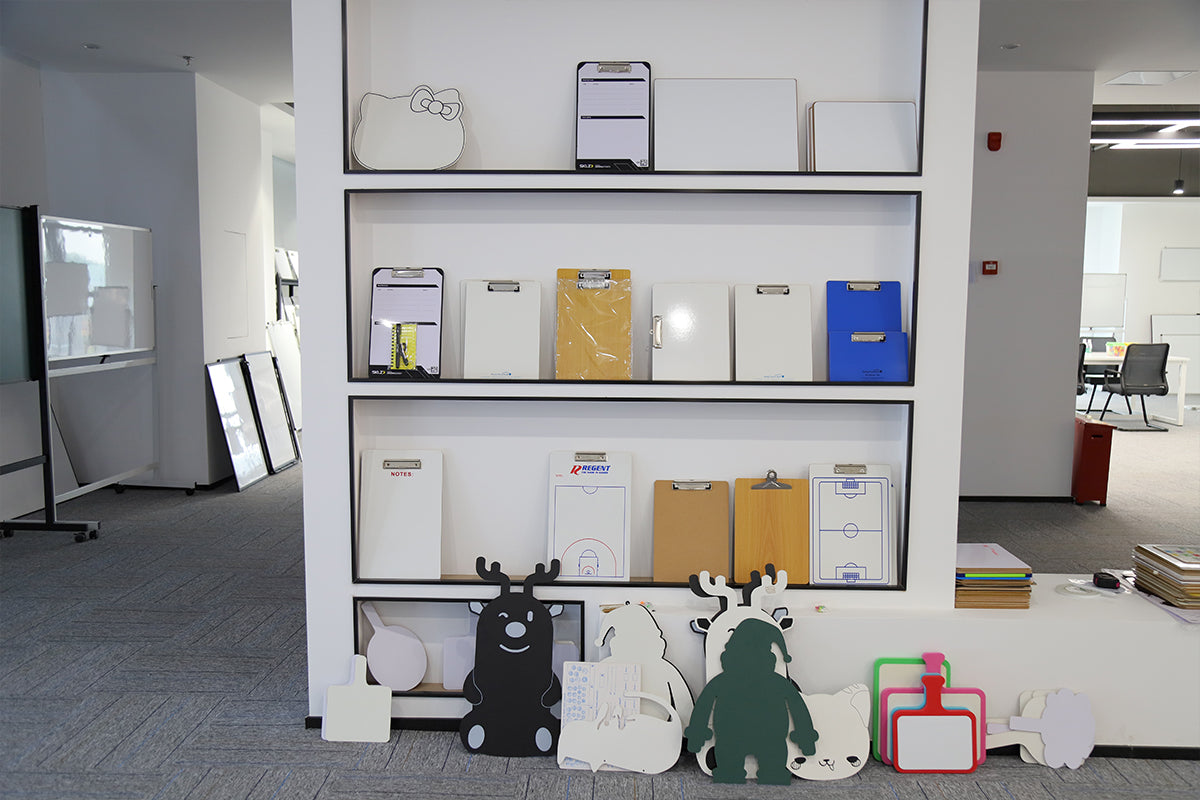Whiteboard Wissen - Die Entwicklungsgeschichte von Whiteboards
1. Ära der Tafel: Vor der weit verbreiteten Verwendung von Tafeln wurden in Klassenzimmern Schiefer- oder Holztafeln verwendet. Erst im späten 19. Jahrhundert wurden Tafeln populär.
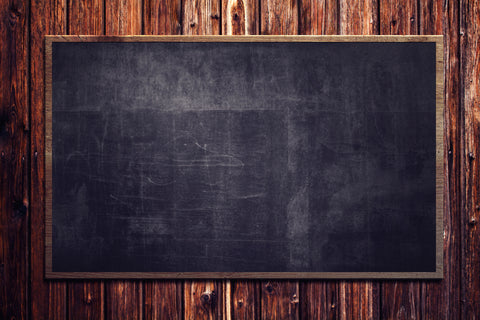
2. Ära der Greenboards: Im frühen 20. Jahrhundert kamen Greenboards auf. Mit ihrer glatten Oberfläche und ohne Blendeffekte waren Greenboards im Vergleich zu Tafeln bequemer zu verwenden.
3. Ära der Whiteboards: In den 1960er Jahren wurden Whiteboards eingeführt. Whiteboards hatten eine glatte Oberfläche, waren nicht blendend und ermöglichten die Verwendung verschiedenfarbiger Marker, wodurch der Unterricht dynamischer und spannender wurde als bei Greenboards. 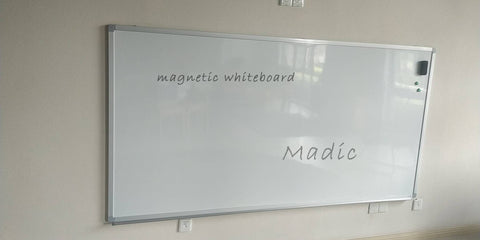
4. Ära der elektronischen Whiteboards: Im frühen 21. Jahrhundert wurden elektronische Whiteboards entwickelt. Sie konnten an Computer angeschlossen werden und ermöglichten Schreiben, Zeichnen und Präsentieren in Echtzeit. Darüber hinaus konnten auf elektronischen Whiteboards Unterrichtsmaterialien aufgezeichnet werden, was die Überprüfung und Organisation erleichterte.
Zusammenfassend lässt sich sagen, dass sich die Entwicklungsgeschichte der Whiteboards von Tafeln zu Greenboards und schließlich zu elektronischen Whiteboards entwickelte. Mit dem technologischen Fortschritt sind Whiteboards zu einem unverzichtbaren Werkzeug in der modernen Bildung, Wirtschaft, Forschung und anderen Bereichen geworden.



